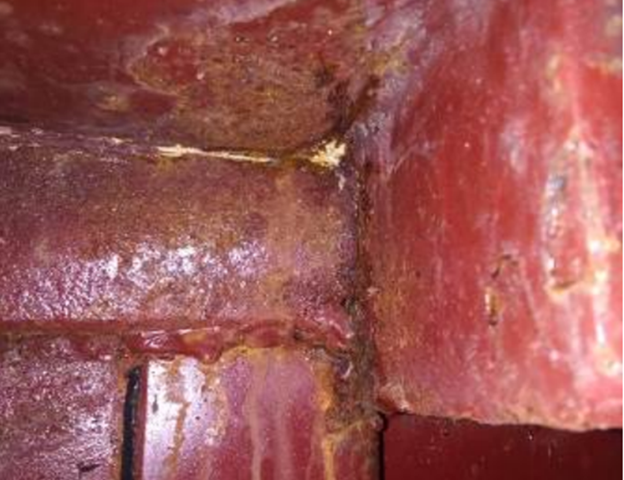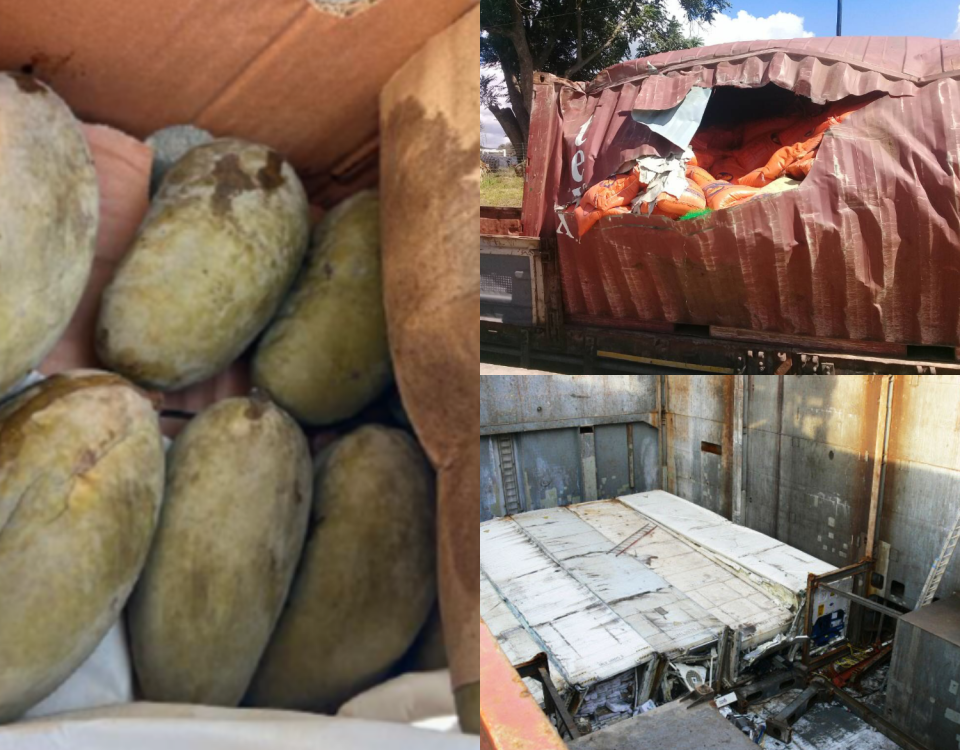The Crucial Container Check: Safeguard Your Cargo

What is Incoterms? How it relates to Cargo Claims and Recovery
August 11, 2023
10 Cargo Loading Tips in Container and Avoid Claims
August 18, 2023Oftentimes cargo damage and claims can be avoided if exporter inspects container’s suitability to carry his cargo. Shipping lines still have in their fleet’s poor quality, not properly maintained containers and assign these containers to exporters. A critical step pre-shipment process is meticulously inspecting the container that will carry your goods to destination.
This simple checklist will guide you through the external and internal examination of your shipping container, helping you prevent marine cargo claims and ensuring successful cargo claim recovery if necessary.
External Checklist: Your First Line of Defense
- CSC Plate: Ensuring Safety: The Container Safety Approval Plate (CSC Plate) is your initial assurance of the container’s safety. Without a valid CSC Plate, the container might not be suitable for your cargo. Always verify the presence of this plate before proceeding.
- Holes and Tears: A Strong Container: Examine the container meticulously for any holes or tears. Perform this inspection from all angles, including the top. Even a seemingly minor hole could expose your cargo to potential damage during transit.
- Doors: Check for broken, bent, or distorted hinges, locks, locking bars, and rubber gaskets. A compromised door can jeopardize the integrity of your cargo.
- Tilts and Tarps: A Tight Cover: Containers with removal roof tilts or side curtains must be in pristine condition. Ensure they fit correctly, have functional tilt wires, and show no signs of tearing or holes. This barrier keeps external elements at bay.
- Roof Bows: Essential Support: Open top containers depend on roof bows for structural integrity. Confirm that all roof bows are in place. For retractable roofs, ensure the smooth sliding motion of the bows to the container’s ends.
- Structural Integrity: A Solid Foundation: A thorough visual inspection is necessary for identifying any serious structural defects like cracks or tears in corner fittings and side rails. Such defects could compromise the container’s ability to protect your cargo.
Internal Checklist: Safeguarding the Cargo Within
- Cleanliness: A Dust-Free Environment: Dust and spillages might seem insignificant, but they can damage sensitive cargo during transit. A clean interior minimizes the risk of such damage.
- Dryness: A Barrier Against Moisture: Moisture, whether in the form of sweat or frost, can wreak havoc on your cargo. Inspect the interior for dryness, which is essential to prevent corrosion and other moisture-related damage.
- Infestation: Keeping Pests at Bay: Pests, insects, and rodents can find their way into containers, leading to the destruction of your cargo. Thoroughly check for any evidence of infestation to ensure your cargo’s safety.
- Taint-Free Environment: Preserving Cargo Quality: Some cargos are sensitive to bad odors. Make sure no items with strong odors are loaded into the container, as these odors can permeate and damage other goods.
- Watertight Seal: A Must for Protection: To prevent water from entering, enter the container and close both doors. If you see any spots of light, water can penetrate. This applies to the container floor too, as water can splash upward.
Before loading your valuable cargo, go through this comprehensive checklist diligently. Your vigilance at this stage can prevent cargo damage, reducing the chances of facing marine cargo claims.
Remember, in case you’re dissatisfied with the assigned container’s condition, you have the right to request a replacement.
Recoupex is a hub of transport lawyers – experts in cargo claims. We assess your case quickly. We have successfully recovered claims from Maersk, Sealand, Hapag-Lloyd, Mediterranean Shipping Company – MSC, CMA CGM, and other carriers.



